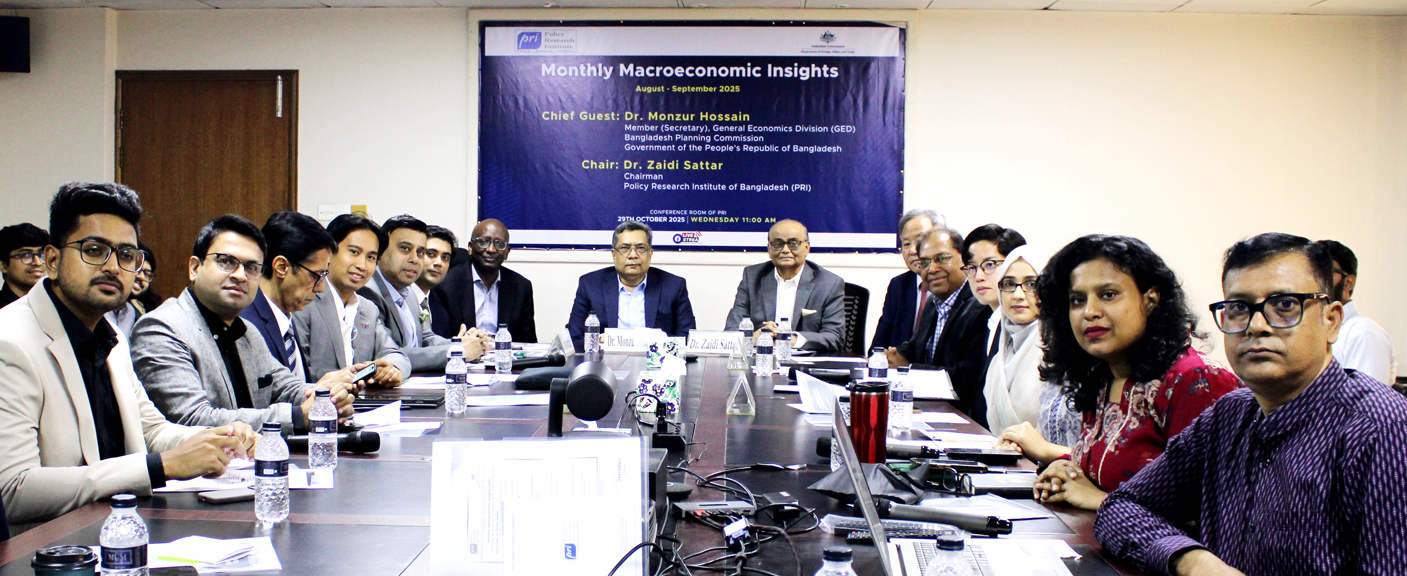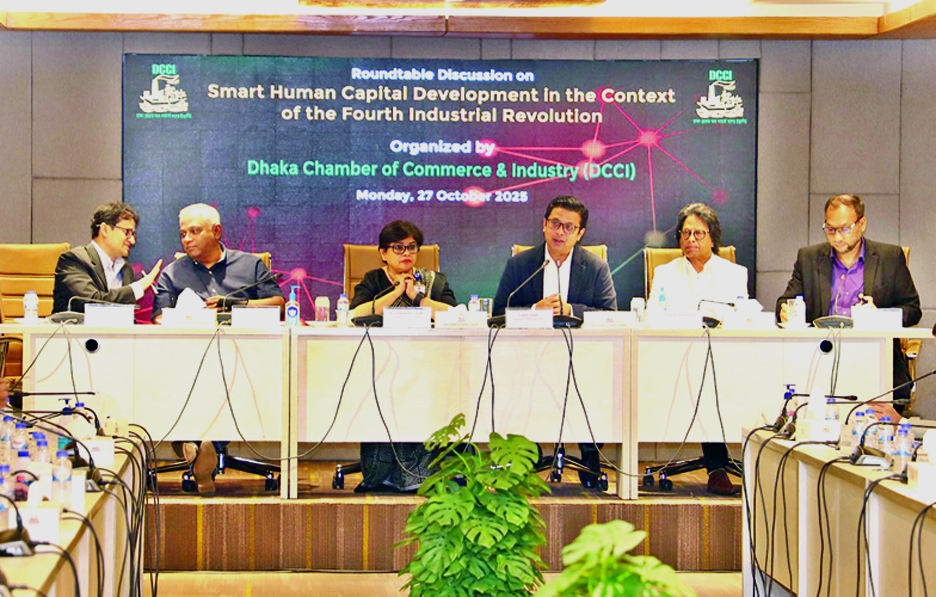Bangladesh’s export earnings fell by 7.43 per cent in October 2025, reaching $3.82 billion, down from $4.13 billion in September, according to data released by the Export Promotion Bureau (EPB) on Monday.
This marked the third consecutive month of negative growth, following declines in August and September, raising concerns among exporters.
Despite the monthly downturn, the country recorded a modest year-on-year export growth of 2.22 per cent, earning $16.14 billion in the July–October period of the financial year 2025-26 financial year, up from $15.8 billion in the same period last year.
The growth was largely driven by the readymade garment (RMG) sector, Bangladesh’s largest export earner.
In the July–October period, RMG exports reached $12.9 billion, a marginal increase of 1.4 per cent from $12.81 billion in the previous year.
However, the sector saw a decline in October alone, earning $3 billion—a drop of 8.39 per cent from $3.3 billion in October 2024.
Both woven and knitwear segments recorded declines of over 10 per cent and 5 per cent, respectively.
‘Knitwear exports fell by 10 per cent in October, reflecting the real challenges facing the sector, which may persist in the coming months,’ said Mohammad Hatem, president of the Bangladesh Knitwear Manufacturers and Exporters Association.
He cited gas and electricity shortages, along with banking and customs issues, as key obstacles.
The RMG sector’s modest growth earlier in the financial year was uneven, with knitwear exports increasing slightly by 0.42 per cent to $7.23 billion and woven garments rising 2.66 per cent to $5.75 billion.
Other sectors showed mixed results. Home textiles rose 9.47 per cent to $279 million, leather and leather goods grew 11.08 per cent to $414 million, engineering products surged 34.86 per cent to $220 million, and jute and jute goods increased 4.74 per cent to $277 million.
Conversely, agricultural exports declined 1.72 per cent to $379 million.
Md Shehab Udduza Chowdhury, vice president of the Bangladesh Garment Manufacturers and Exporters Association, said that buyers were cutting back on orders due to political uncertainty ahead of the February election.
He said that Chinese exporters were redirecting shipments to Europe to avoid high US tariffs, which was squeezing Bangladesh’s market share, and that liquidity problems in banks were making it difficult to open back-to-back letters of credit.
The EPB stated that despite the recent monthly declines, the steady growth over the four-month period and strong performances in key sectors underline the resilience and competitiveness of Bangladesh’s export industries in the global market.
In FY25, Bangladesh’s total exports reached $48.28 billion, up 8.55 per cent from $44.47 billion in FY24.











